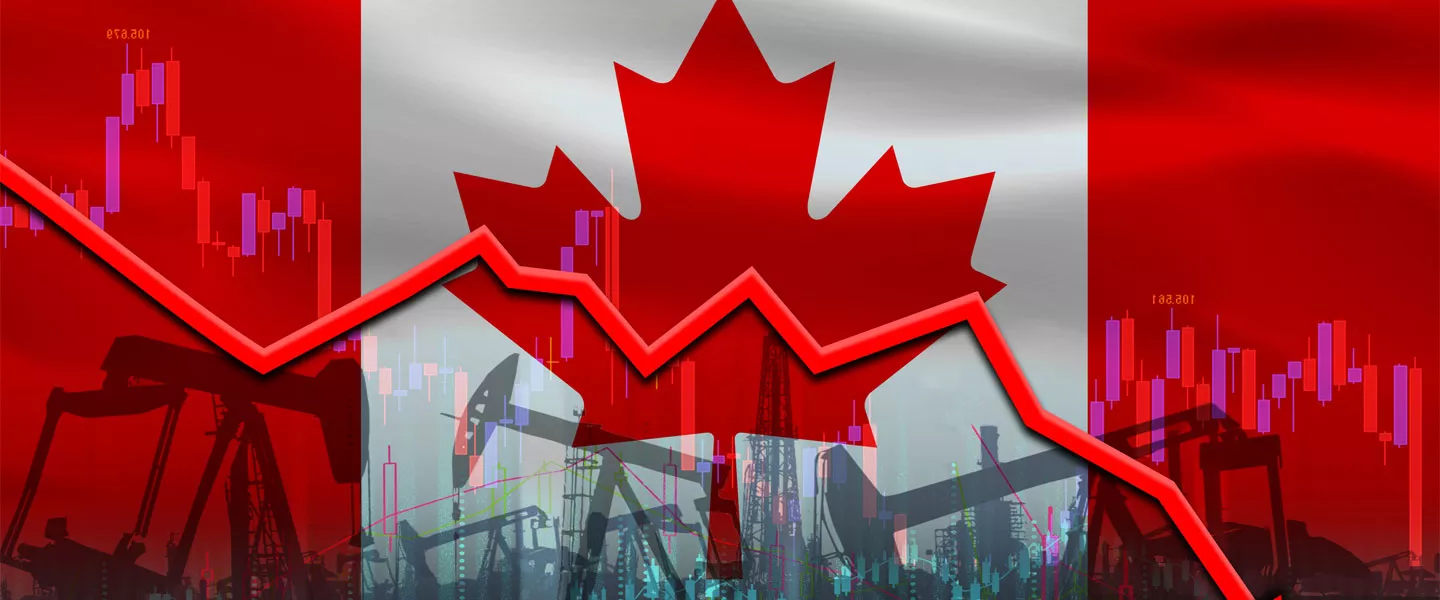Adding to a long list of costly federal policies that restrict oil and gas development, the Trudeau government plans to cap greenhouse gas emissions from the oil and gas sector at 35 per cent below 2019 levels by 2030. This is the exact opposite of what Canada needs, particularly given developments south of the border.
President-elect Donald Trump has made it clear he aims to boost U.S. oil and gas production. Pledging to “drill, drill, drill,” Trump will lift restrictions on liquified natural gas exports, expedite drilling permits, and expand offshore oil production through new lease sales. He also plans to create a National Energy Council to establish U.S. “energy dominance” by “cutting red tape, enhancing private sector investments across all sectors of the economy, and by focusing on innovation over long-standing, but totally unnecessary, regulation.” These changes will lower the cost of oil and gas development in the U.S., which means production will increase and commodity (e.g. crude oil) prices will likely drop in the U.S., Canada and beyond.
Of course, this might lower prices at the pump, lower home-heating bills and bring good news for consumers. But policymakers should understand that lower commodity prices would be a big hit for provincial budgets in Alberta, Saskatchewan and Newfoundland and Labrador, which rely heavily on resource revenues. In Alberta, for example, a $1 decline in the price of oil results in an estimated $630 million loss to the provincial treasury. The federal government will also take a hit. In 2022 (the latest year of available data), Canada’s oil and gas industry paid the federal government more than $9 billion in corporate income taxes.
And because the Trudeau government has introduced numerous new regulations that restrict oil and gas development, it would be very difficult for the industry to increase sales volume to offset any loss. And according to a recent report by Deloitte, the government’s proposed emissions cap will curtail oil production by 626,000 barrels per day by 2030 or by approximately 10.0 per cent of the expected production—and curtail gas production by approximately 12.0 per cent.
There’s also Bill C-69 (the “Federal Impact Assessment Act”), which overhauled Canada’s federal environmental review process making the regulatory system more complex, uncertain and subjective. And Bill C-48, which bans large oil tankers off British Columbia’s northern coast, presenting another barrier to exporting to Asia. All of these policies make Canada, and particularly energy-producing provinces such as Alberta, Saskatchewan and Newfoundland and Labrador, less attractive for investment.
Indeed, according to the latest survey of oil and gas investors published by the Fraser Institute, 50 per cent of survey respondents said the “stability, consistency and timeliness of environmental regulatory process” in Alberta scared away investment compared to only 11 per cent in Texas. Similarly, 42 per cent of respondents said “uncertainty regarding the administration, interpretation, stability, or enforcement of existing regulations” was a deterrent to investment in Alberta compared to 13 per cent in Texas. And 43 per cent of respondents said the cost of regulatory compliance was a deterrent to investment in Alberta compared to 19 per cent for Texas. Without strong investment, energy-producing provinces won’t be able to increase production.
Trump’s plan to reduce regulations and bolster U.S. oil and gas production will lead to lower prices for oil and gas. While that’s good news for consumers, policymakers should understand how the new normal will impact government coffers. To offset the loss associated with lower prices and lower revenue, provinces need more natural resource development. But that will require the Trudeau government to reverse its damaging policies and abandon its emissions cap plan.


